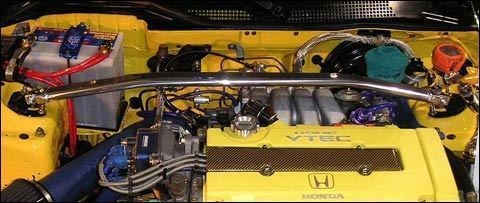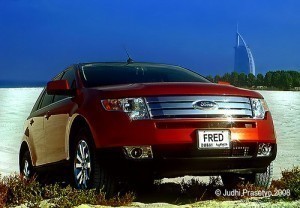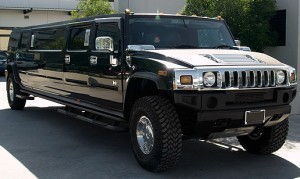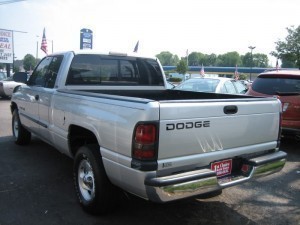Dimensions of a Seat Belt
Also referred to as a safety belt, the seat belt is a harness  used in securing the occupants of an automobile or any vehicle from hazardous movements caused by a sudden stop or impact. Seat belts are designed to minimize potential injuries by preventing a passenger from hitting either the hard surfaces in the vehicle’s interior, or the other occupants. The belts also keep passengers from getting thrown off the vehicle, as well as to keep them in the proper position for the deployment of the airbags.
used in securing the occupants of an automobile or any vehicle from hazardous movements caused by a sudden stop or impact. Seat belts are designed to minimize potential injuries by preventing a passenger from hitting either the hard surfaces in the vehicle’s interior, or the other occupants. The belts also keep passengers from getting thrown off the vehicle, as well as to keep them in the proper position for the deployment of the airbags.
Seat belts come in a number of different types, among them being the Lap, which is an adjustable strap going over the wearer’s waist. Lap seat belts are often found in old-model cars, but have also once been used in the rear or the rear middle seats of newer models. Also utilized in some coaches, this belt type also appears in the seats of passenger planes, as it allows passengers to maintain a brace position in an emergency.
Another seat belt type, the Sash, is also an adjustable strap, this time going over the wearer’s shoulder. The sash was primarily used in vehicles that came out during the 1960’s, but was not so effective as the wearer could still easily slip out of it in the event of a collision. The Three-point belt has some similarity to the lap and the sash, in that they assist in spreading out the energy of the passenger’s body over the shoulders, chest and pelvis during a collision. The difference is that the three-point’s entire length consists of one continuous strap.
The Five-point harness is so named because its lap portion is linked to a belt that goes between the wearer’s legs, and it also has 2 shoulder belts, securing the harness from 5 points. This seat belt type is normally used for child safety seats, as well as for racing cars, and is considered safer than most of the other types of seat belts, albeit considerably more restrictive. The Six-point harness is a variation of the five-point, but with the addition of another belt running between the occupant’s legs. Like the five-point, this type is also chiefly used in car racing.
Seat belts come in a variety of sizes depending on the type of belt and their buckle connection. A seat belt that is fastened by fixed webbing has a length of about 22 to 32 cm. A belt fastened by a stalk or a cable has a length of around 30 to 45 cm. Seat belts utilizing a buckle connection as adjustable webbing measures approximately 20 to 47 cm. Belts fixed firmly by metal straps measure 15 to 20 cm in length. As far as the width goes, a seat belt generally has a width of 5.08 to 7.62 cm, although there are other belt types that measure 2.54 to 3.81 cm in width.





